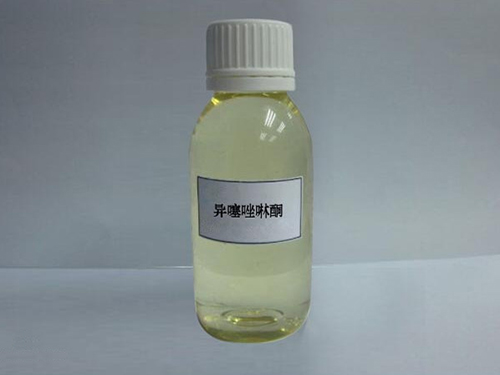scale and corrosion inhibitor for cooling tower
Scale and Corrosion Inhibitors for Cooling Towers
Cooling towers are essential components in various industrial processes, including power generation, chemical manufacturing, and HVAC systems. They function by removing excess heat from machinery or building interiors, thus ensuring optimal operational efficiency. However, as crucial as they are, cooling towers are susceptible to scale formation and corrosion, which can significantly impact their performance and longevity. This article explores the phenomena of scale and corrosion in cooling towers and the role of inhibitors in mitigating these issues.
Understanding Scale Formation
Scale is primarily composed of mineral deposits that form when water is heated and evaporates in the cooling process, leaving behind minerals such as calcium, magnesium, and silica. The concentration of these minerals increases as water circulates through the system, especially in high-temperature zones. Over time, these deposits accumulate on heat exchange surfaces, reducing heat transfer efficiency and leading to overheating of equipment.
The formation of scale not only hampers efficiency but also necessitates frequent maintenance and cleaning, which can be both time-consuming and costly. Therefore, managing scale development in cooling towers is vital for ensuring their efficient operation.
Corrosion in Cooling Towers
Corrosion, on the other hand, is the degradation of materials, primarily metals, due to chemical reactions with the environment. In cooling towers, corrosion can occur due to factors such as oxygen ingress, microbial activity, and the presence of certain ions in the water. When water evaporates, it concentrates corrosive agents, leading to accelerated wear and tear on pipes and other components.
scale and corrosion inhibitor for cooling tower

Corrosion can result in leaks, system failures, and costly repairs. It can also lead to the release of harmful metals into the environment, posing health risks. Thus, preventing corrosion is as critical as controlling scale accumulation.
Role of Inhibitors
To tackle both scale and corrosion, industries often rely on chemical inhibitors. These are substances added to the water within the cooling system to minimize the formation of scale and mitigate corrosion effects.
Scale Inhibitors Scale inhibitors work by altering the properties of scale-forming minerals, preventing them from crystallizing and adhering to surfaces. Commonly used scale inhibitors include polyacrylates, phosphonates, and nitrilotriacetate. These compounds often act by sequestering the minerals or modifying their precipitation behavior, ensuring that they remain suspended until they can be expelled from the system.
Corrosion Inhibitors Corrosion inhibitors function by forming a protective layer on the metal surfaces, thereby preventing direct contact with corrosive agents. There are several types of corrosion inhibitors, including anodic inhibitors, cathodic inhibitors, and filming inhibitors. Each type works through different mechanisms to reduce metal loss due to corrosion, prolonging the life of the cooling system.
Conclusion
The effective management of scale and corrosion in cooling towers is crucial for operational efficiency, cost reduction, and environmental protection. Utilizing scale and corrosion inhibitors is a proven strategy to address these challenges, ensuring that cooling towers run smoothly and efficiently. By investing in these chemical treatments, industries can not only enhance the longevity of their equipment but also minimize disruptions in their processes, thus maintaining a competitive edge in an increasingly demanding market. As technology advances, the development of more sophisticated and environmentally friendly inhibitors promises even greater benefits for cooling tower management in the future.
-
Understanding Polycarboxylic Acids: Properties, Applications, and Future PotentialNewsJul.28,2025
-
Scale Inhibitor Explained: How to Protect Your System from Limescale and Hard Water DamageNewsJul.28,2025
-
Scale and Corrosion Inhibitors: Essential Chemicals for Industrial Water System ProtectionNewsJul.28,2025
-
Polyaspartic Acid: A Biodegradable Polymer for Sustainable ChemistryNewsJul.28,2025
-
Isothiazolinones: A Versatile Antimicrobial Class with Industrial Power and Regulatory ChallengesNewsJul.28,2025
-
A Deep Dive into 2-Phosphonobutane-1,2,4-Tricarboxylic Acid (PBTC)NewsJul.28,2025





